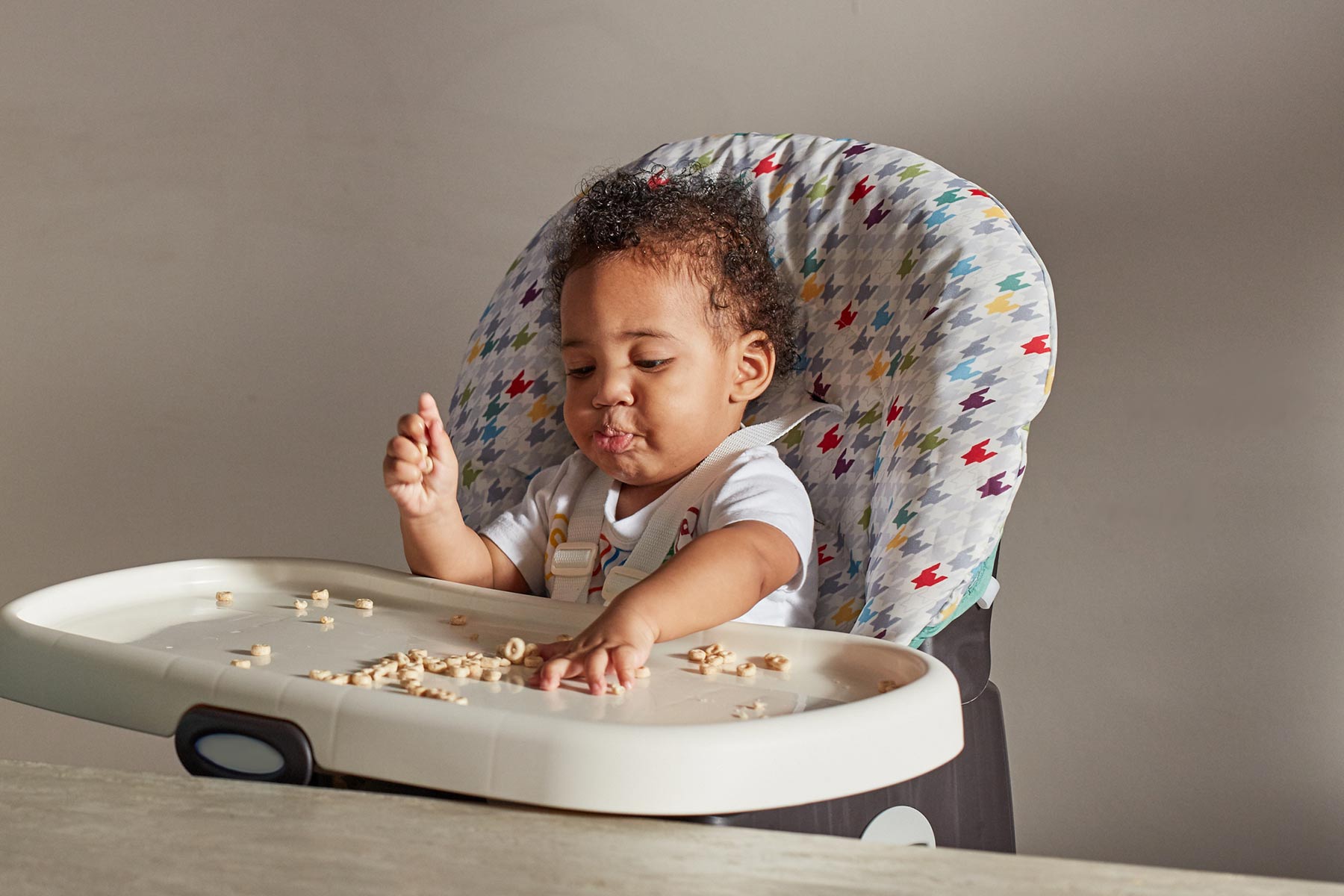If your child refuses to sit in their highchair or child seat, appears restless, wants to eat while sitting on your lap, or you constantly feel compelled to hunt them about with a spoon in your hand because they never come to a stop, you need tips to rebalance the situation.
There are several reasons why children should always remain seated while eating. The most essential reason is that it significantly reduces their risk of choking. It also establishes a habit and standard that we eat in distinct locations with specific behaviors. Sitting stationary can help your child concentrate on their food and connect with their appetite levels, which is crucial.
Stay on this page if you’re looking for suggestions on what to do when your child won’t sit still while eating.
Check the time
Toddlers should be fed every two to three hours, with only water between feedings. If your child is nibbling on a snack after an hour after the main meal, he or she may be less willing to sit down and finish up the next full meal. Eating can then become a true battle of wills if you don’t get the meal times correct.
Use a visual timer
A visible clock is a pleasant visual approach for your toddler to comprehend how long you require them to remain at the table. For instance, a sand timer is a superb solution for younger kids who can’t tell time yet, and at the same time, seeing the sand flow makes it an intriguing observation experience for them. Overall, this method gives them structure and makes them more conscious of what is anticipated of them at the dinner table.
Get them strapped

Image Credits: strong4life.com
If your child is under the age of three, a belted high chair, if they still fit, is strongly recommended. You will be waging a war until you can commence the feeding session in a buckled posture because most toddlers don’t have the focus and concentration in eating long enough to sit quietly. Already forgotten about child seats? Make every effort to retrieve them, even if it involves purchasing a new model. We assure you it’s going to be a worthy investment in this feeding phase.
Prepare sensory activities
Pre-meal sensory activities can be incredibly beneficial since they relax and order our minds, allowing us to concentrate on our tasks, which is eating in this context for your child. There are numerous sensory exercises available, ranging from sand play to balancing beams and more.
If you’re not sure which form of sensory stimulation your child will prefer, we recommend experimenting with both energetic and calm, relaxing sensory experiences. And the reaction you should be watching for is if they become more concentrated and sit quietly for longer periods during meal time. It may require some experimentation as well as commitment to achieve this.
For a multitude of reasons, your kid must remain seated throughout meals. A wiggly toddler who gets up and down from the table during mealtime is sidetracked and, like other diversions, will eat lesser altogether. Allowing your child to nibble their way through a meal while wandering can lead to power battles, fussy eating problems, and undisciplined and disruptive family meals. Nip the problem in the bud by heeding some of our abovementioned tips to see if it works for you.


